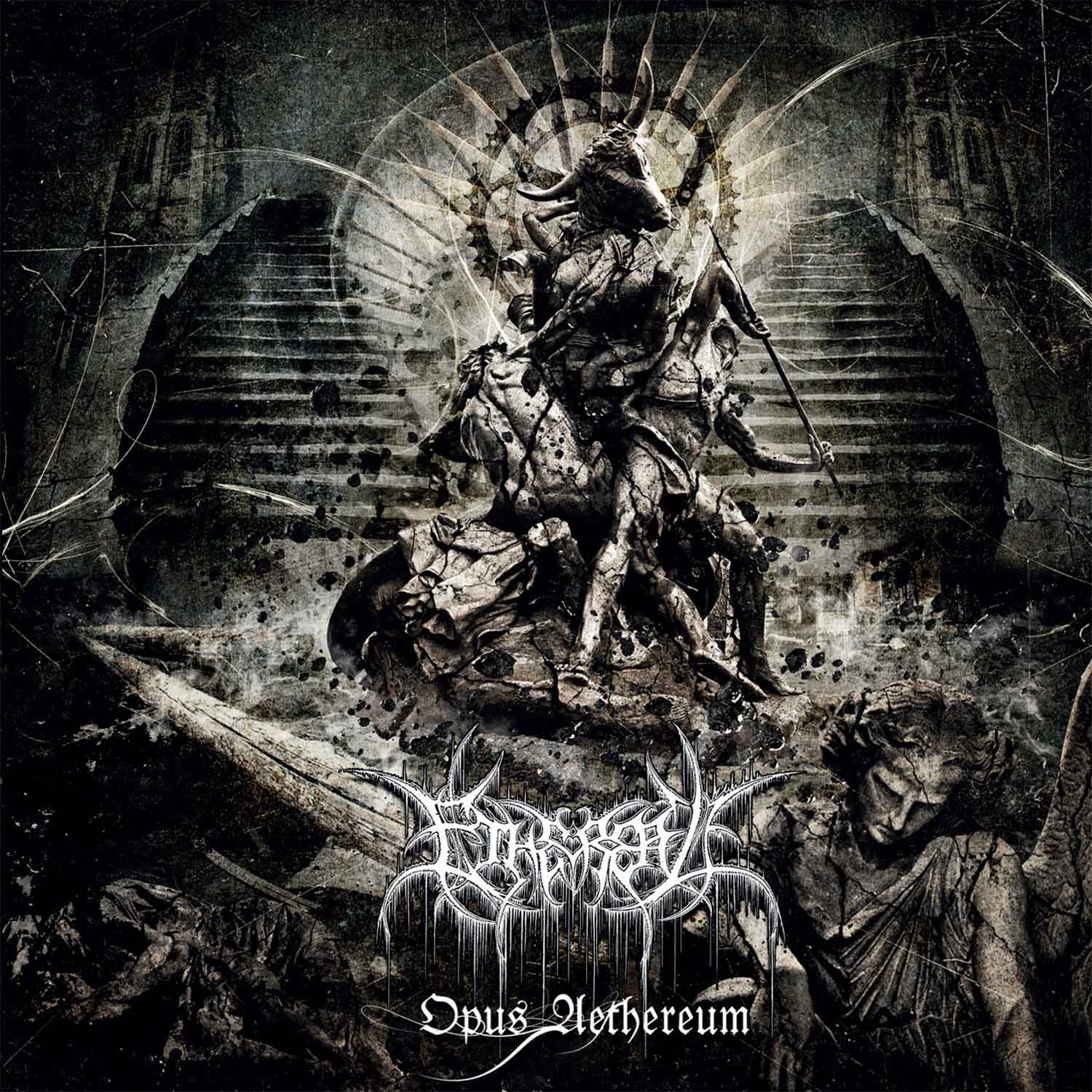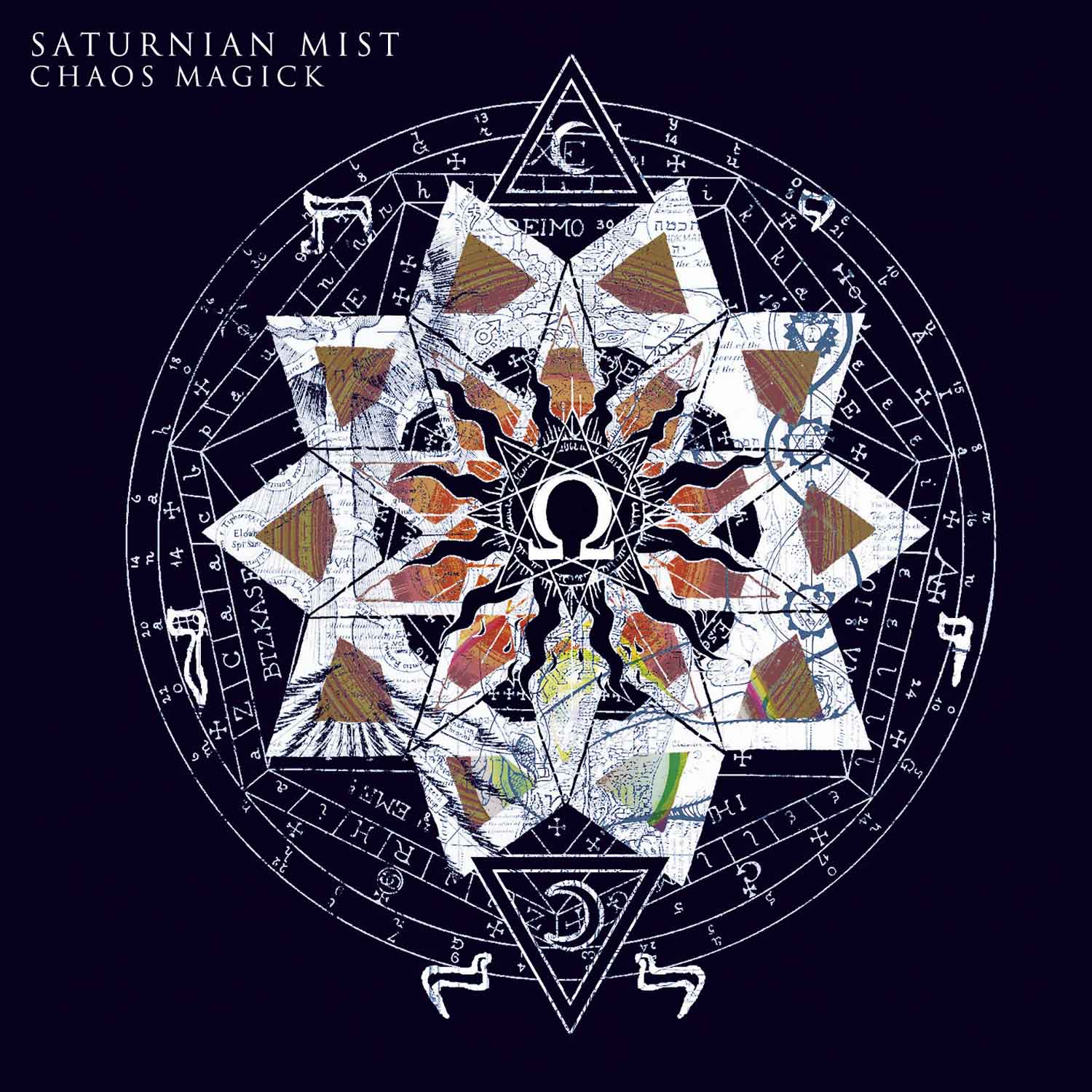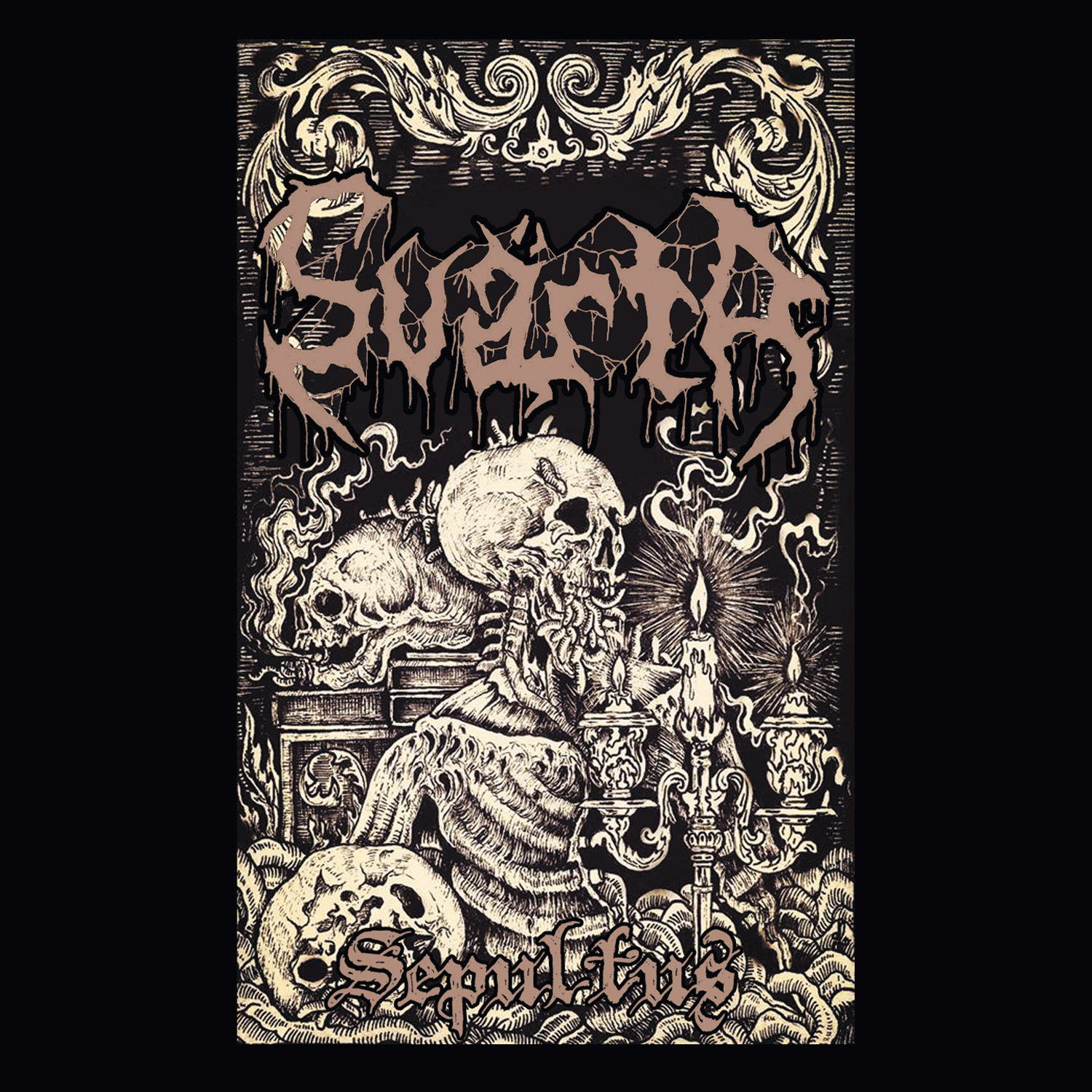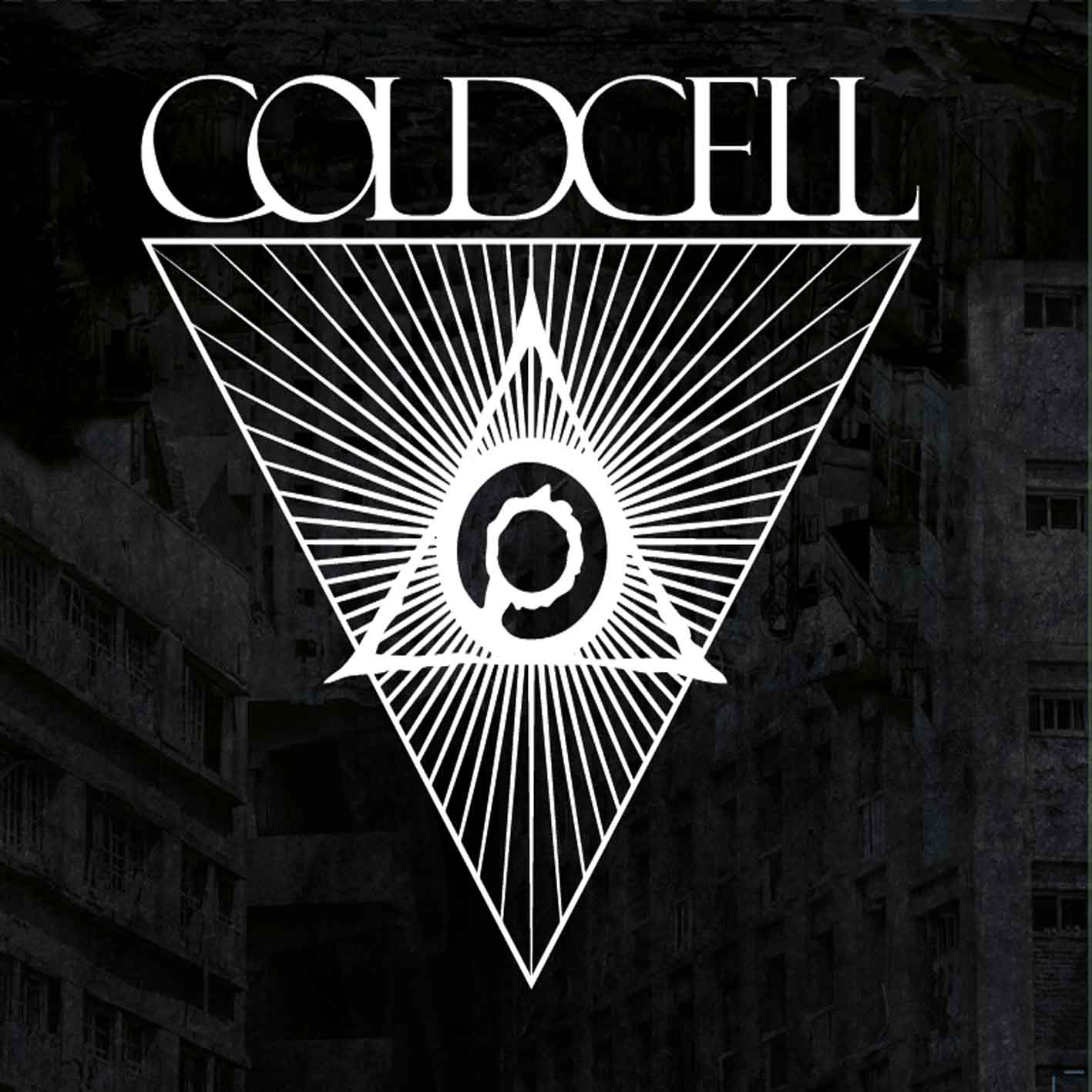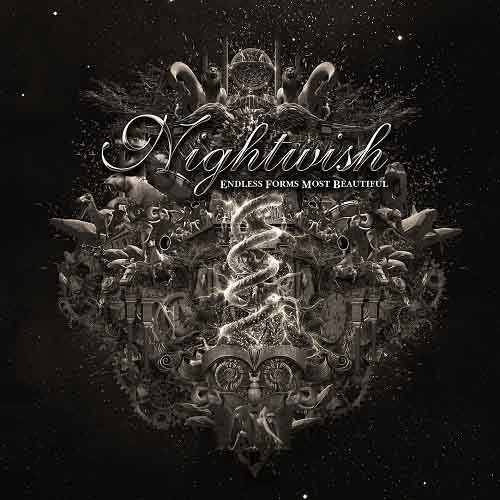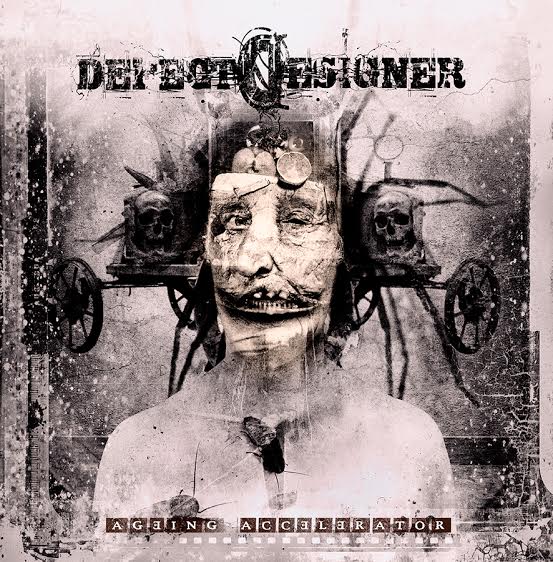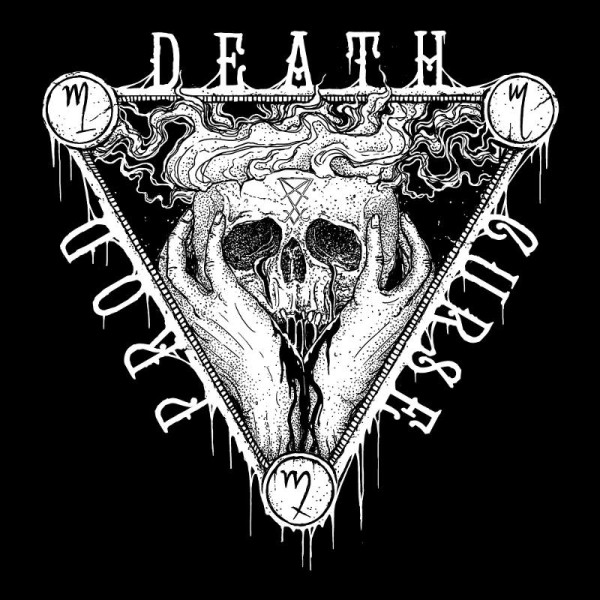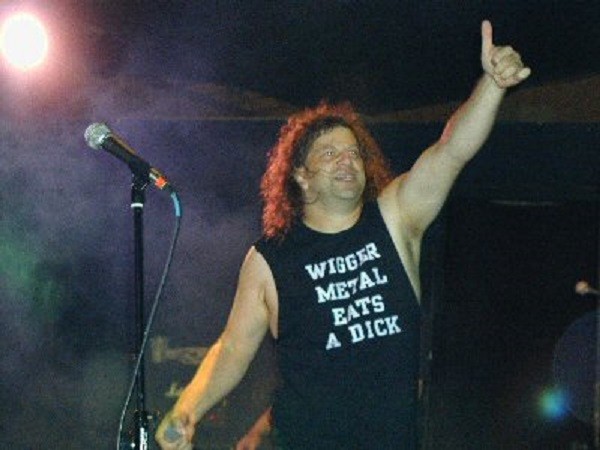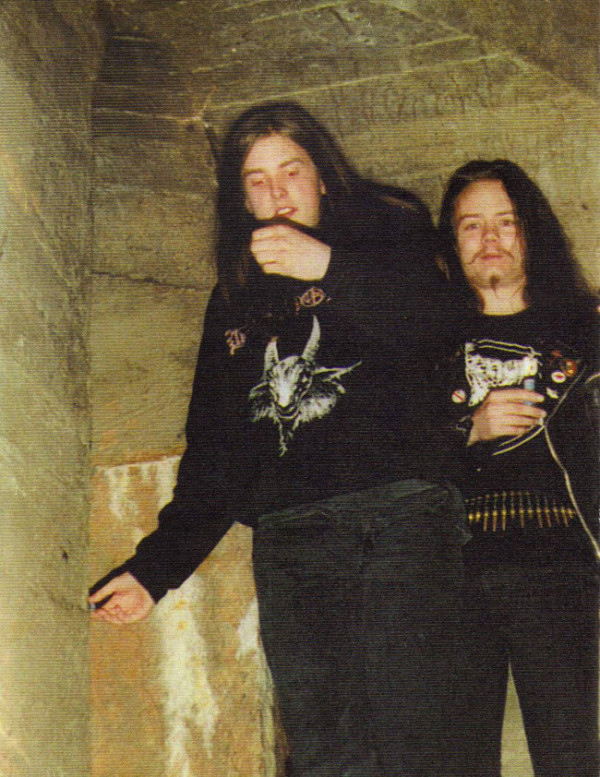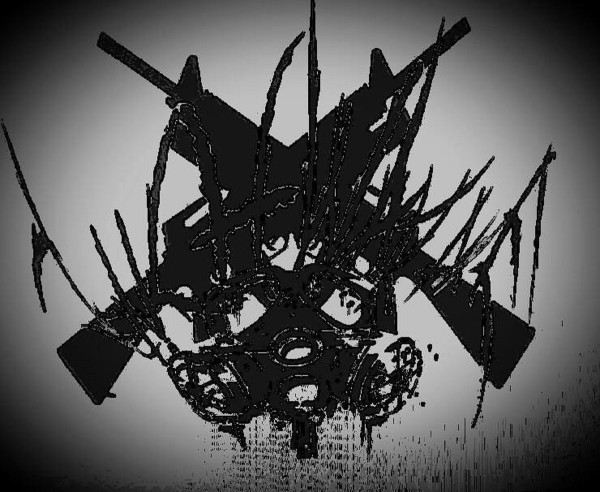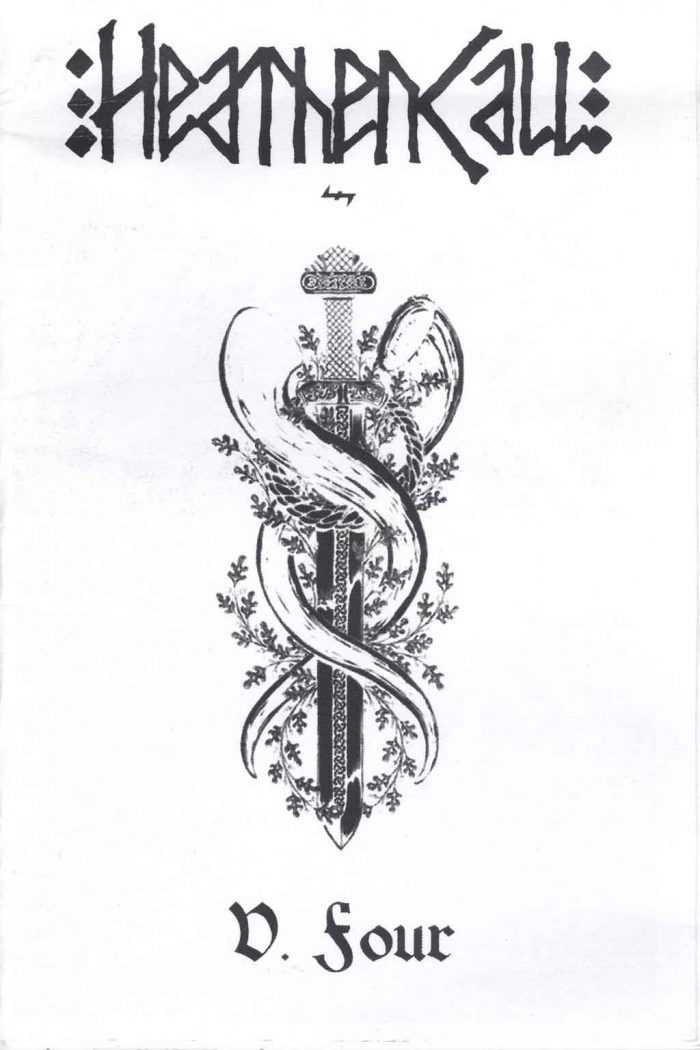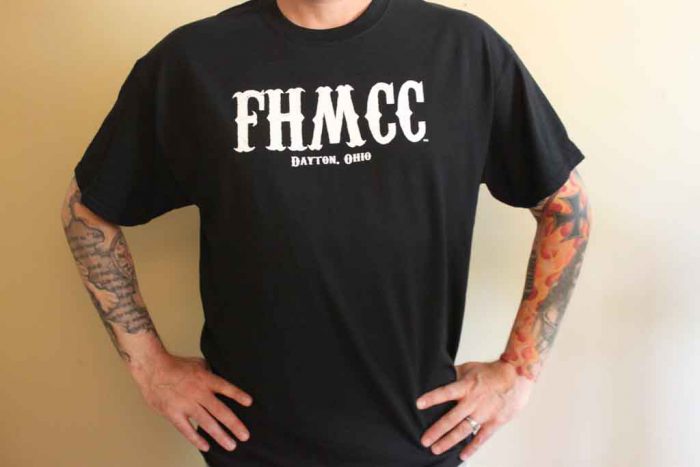
Ok, so, I was listening to the YES album Close to the Edge with my best friend Rick Ossian yesterday, and as is usually the case when we listen together, I started to contemplate its deeper meaning in a new way.
In a 1996 interview, Jon Anderson mentions Herman Hesse’s Siddhartha as an inspiration for this album, so there is a stated philosophical source. Even taking that statement as true, we can see in the lyrical imagery an embrace of other traditions. Acknowledging one source of inspiration does not exclude the possibility of other literary groundings. I’ve long noted Platonic elements in the classic YES albums. One could say that they are usually close to the edge of a greater understanding. Their lyrics often puzzle us, and it may be valid to postulate that the lyrics sometimes serve as way of adding the vocals into the instrumentation as an element of the overall sound. That in itself is Platonic: seeing that the surface can be altered to serve a greater truth, that it need not be only a linguistic item. That said, it is also possible that the lyrics have an allegorical sophistication that works across other traditions.
I will be arguing just this premise: that the lyrical content of Close to the Edge operates on an archetypal level, and that even if the inspiration is drawn from Hesse, YES uses framing and language from multiple traditions to connect to listeners. So, as I was listening with Plato in mind, and as I did so, I understood how it was that the Platonic elements were woven into this album. I had long suspected a Platonic basis, but yesterday, I looked at the lyrics and knew how I knew. Perhaps without meaning to do so (though there are certainly moments where it appears to be deliberate), YES incorporates imagery from the crucifixion narrative into the lyrics of this album. Those familiar elements serve as the nexus between the words and the Platonic underlay. I may never have noticed this if Rick and I had not sought to listen to this album and Analyze It to Life.
I have long held that Calvary is the most profound literary moment in the Western tradition. There are numerous reasons for this, some of which I’ll discuss. I won’t be saying anything new about the crucifixion itself; in fact, this argument rests on the familiarity of the crucifixion narrative. The thrust of this analysis will be about the ways in which crucifixion imagery activates an archetypal approach to the album. I’m arguing that the Platonic and Christian elements (and even Hesse) are parts of the same basic inventory of archetypes. I’m not seeking any outside sources (for the moment, anyway). The album, the King James Bible, and Plato are my sources. I’m not sure if this has been argued elsewhere or not. An occasional nod to Siddhartha may be needed, but this analysis is devoted to elements heretofore not interrogated. It seems very likely that YES has consciously written in multiple viewpoints, though it is possible some of the archetypal elements may have been included unconsciously. Archetypes apply to everyone, and YES may have been governed by them just as the listener is.
Whether or not they meant to activate the subconscious, YES has done so on this album. The lyrics include the words “crucified,” crucifixion,” “cross,” “preacher,” “teacher,” and “nail.” While the importance of the river can surely be tied to Siddhartha, the biblical implications of a river speak for themselves, and Lethe (the River or Forgetfulness) also plays a role at the end (the edge) of Plato’s Republic. In each instance, the river marks the edge of transformation or edification. There also appears to be a relatively clear expression of, in fact sometimes a recapitulation of, the chronology of the biblical narrative itself, and certainly the path to salvation that narrative offers plays a role in the thematic content of this album, for both individual believers and the savior who holds it. So, that chronology will surface as I explicate the references to the crucifixion narrative. Bear in mind that the purpose here is to reveal the album’s Platonic/archetypal underpinnings. The larger constructs of the actual and the ideal, the GOOD, and the glimpse are the archetypes that seem to rise to the top here, and the biblical imagery surely makes references to Siddhartha more easily apprehended for a Western listener as well. The biblical elements are the illocutionary force (suggestion) deployed in the lyrics; the archetypal elements are the perlocutionary force (perception) that makes this album the enduring masterwork that it is.
Here beginneth the lyrical analysis. I’ll take one song at a time, in the order they occur on the album: “Close to the Edge,” “And You and I,” and “Siberian Kathru.” The order is important. This isn’t an exercise in cherry-picking; it’s an enterprise in analyzing it to life.
“Close to the Edge”:
As I mentioned, there seems to be an observance of the chronological order of the crucifixion narrative, and while that sequential similarity exists in more metaphorical ways across the album, it sustains remarkable fidelity in this song. Given the fact that this song constitutes nearly half of the entire album, it is fair to say that the sequential imperative persists into the remainder of the overall work. An important question, naturally, is “Where does that narrative begin?” Drawing from the order of the album, the narrative begins with Christ’s baptism by John the Baptist. In fact, the first two verses in the song evoke this.
A seasoned witch could call you from the depths of your disgrace / And rearrange your liver to the solid mental grace / Achieve it all with music that came quickly from afar / Then taste the fruit of man recorded losing all against the hour.
The Romans saw John the Baptist as a mentally unstable rabble-rouser, a “seasoned witch” stirring up religious fervor by suggesting that sins needed to be washed away (“call you from the depths of your disgrace / and rearrange your liver to the solid mental grace”). Those who sought purification from him knew that their venal human weaknesses, “the fruit of man recorded losing all against the hour,” would ultimately be cleansed by the Messiah John heralded “with music that came quickly from afar.” John the Baptist’s stated purpose is to call sinners to God’s forgiveness, anticipating the deliverer who would purify them beyond his imitative cleansing, as articulated in Matthew 3:11: I indeed baptize you with water unto repentance: but he that cometh after me is mightier than I, whose shoes I am not worthy to bear: he shall baptize you with the Holy Ghost, and with fire.”
This begins both the story of the crucifixion narrative (because it foreshadows the eventual sacrifice on the cross required for the forgiveness John suggests Jesus brings) and the Platonic underlay (John is an imitation of Jesus, who is a tangible form of the Holy Spirit). In a masterful literary move, YES has initiated a multilayered allegory in four verses.
The opening verses are followed by four more verses, then the chorus—which explains where the edge is—then another verse with a direct suggestion of divine intervention remarkably indicative of Numbers 11:9: “And when the dew fell upon the camp in the night, the manna fell upon it.” In fact, there seems to be a reference to the first part of the verse before the chorus and the second part after it (not to mention the use of the work “crucified” immediately after the use of the word “Manna”—our link to a biblical level of allegory),
And assessing points to nowhere leading every single one
A dewdrop can exalt us like the music of the sun
And take away the plain in which we move
And choose the course you’re running
Down at the end, round by the corner
(Not right away, not right away)
Close to the edge, down by a river
(Not right away, not right away)
My eyes convinced, eclipsed with the younger moon attained with love
It changed as almost strained amidst clear manna from above
I crucified my hate and held the world within my hand
There’s you, the time, the logic or the reasons we don’t understand
While this is an Old Testament verse, it sustains the idea of divine salvation, and the notion of Manna suggests communion, perhaps hinting at the Last Supper episode of the crucifixion narrative. With the river metaphor evocative of Christ’s baptism interposed as a chorus between the two halves of the verses, and especially the dew (water) and manna (bread) being placed on either side of the chorus, it does seem to echo the verse from Matthew quoted above. Further, the antistrophic “Not right way” in the chorus seems to recapitulate John’s assertion that the true savior’s arrival is imminent: the water washes away the past sins, the bread sustains the future of salvation. From a Platonic perspective, the shadows of human existence are eclipsed by the greater reality of expanded perception as portrayed in Book 7 of the Republic,
Socrates: To them, I said, the truth would be literally nothing but the shadows of the images.
Glaucon: That is certain.
S: And now look again, and see what will naturally follow if the prisoners are released and disabused of their error. At first, when any of them is liberated and compelled suddenly to stand up and turn his neck round and walk and look towards the light, he will suffer sharp pains; the glare will distress him, and he will be unable to see the realities of which in his former state he had seen the shadows; and then conceive someone saying to him, that what he saw before was an illusion, but that now, when he is approaching nearer to being and his eye is turned towards more real existence, he has a clearer vision, -what will be his reply? And you may further imagine that his instructor is pointing to the objects as they pass and requiring him to name them, -will he not be perplexed? Will he not fancy that the shadows which he formerly saw are truer than the objects which are now shown to him?
G: Far truer.
S: And if he is compelled to look straight at the light, will he not have a pain in his eyes which will make him turn away to take and take in the objects of vision which he can see, and which he will conceive to be in reality clearer than the things which are now being shown to him?
G: True, he now
S: And suppose once more, that he is reluctantly dragged up a steep and rugged ascent, and held fast until he’s forced into the presence of the sun himself, is he not likely to be pained and irritated? When he approaches the light his eyes will be dazzled, and he will not be able to see anything at all of what are now called realities.
G: Not all in a moment, he said.
S: He will require to grow accustomed to the sight of the upper world. And first he will see the shadows best, next the reflections of men and other objects in the water, and then the objects themselves; then he will gaze upon the light of the moon and the stars and the spangled heaven; and he will see the sky and the stars by night better than the sun or the light of the sun by day?
G: Certainly.
S: Last of he will be able to see the sun, and not mere reflections of him in the water, but he will see him in his own proper place, and not in another; and he will contemplate him as he is.
YES captures this in the verse “A dewdrop can exalt us like the music of the sun.” We see the same idea expressed in Matthew 3:16: “And Jesus, when he was baptized, went up straightway out of the water: and, lo, the heavens were opened unto him, and he saw the Spirit of God descending like a dove, and lighting upon him,” or the heavenly body of the Moon here, the eclipsed moon, that is. After this is the reference to “crucified my hate,” which foreshadows Luke 23:34: “Then said Jesus, Father, forgive them; for they know not what they do. And they parted his raiment, and cast lots”: a stunning Platonic juxtaposition of the eternal truth of forgiveness with the temporal human incapacity to recognize the savior for his clothing, or as YES has it “you, the time, the logic or the reasons we don’t understand”: a basic summary of the Platonic argument quoted above.
The next verses of the song evoke a more Platonic than biblical moment. That said, they do seem to include a basic archetypal motif of elevation and increased perception, of the physical and temporal manacles giving way to the apprehension of a greater truth:
Sudden problems take away the startled memory
All in all the journey takes you all the way
As apart from any reality that you’ve ever seen and known
Guessing problems only to deceive the mention
Passing paths that climb halfway into the void
As we cross from side to side, we hear the total mass retain
While these lyrics surely allude to Siddhartha, the also express the general principles of progressive illumination and serve as a reminder of the Platonic/archetypal foundation of the album: a direct rendering of the philosophical inspiration.
The next verses of the song seem to suggest Christ’s resurrection and appearance to Mary and the disciples as articulated in John 20:11-31:
11 But Mary stood without at the sepulchre weeping: and as she wept, she stooped down, and looked into the sepulchre, 12 And seeth two angels in white sitting, the one at the head, and the other at the feet, where the body of Jesus had lain. 13 And they say unto her, Woman, why weepest thou? She saith unto them, Because they have taken away my Lord, and I know not where they have laid him. 14 And when she had thus said, she turned herself back, and saw Jesus standing, and knew not that it was Jesus. 15 Jesus saith unto her, Woman, why weepest thou? whom seekest thou? She, supposing him to be the gardener, saith unto him, Sir, if thou have borne him hence, tell me where thou hast laid him, and I will take him away. 16 Jesus saith unto her, Mary. She turned herself, and saith unto him, Rabboni; which is to say, Master. 17 Jesus saith unto her, Touch me not; for I am not yet ascended to my Father: but go to my brethren, and say unto them, I ascend unto my Father, and your Father; and to my God, and your God. 18 Mary Magdalene came and told the disciples that she had seen the Lord, and that he had spoken these things unto her. 19 Then the same day at evening, being the first day of the week, when the doors were shut where the disciples were assembled for fear of the Jews, came Jesus and stood in the midst, and saith unto them, Peace be unto you. 20 And when he had so said, he shewed unto them his hands and his side. Then were the disciples glad, when they saw the Lord. 21 Then said Jesus to them again, Peace be unto you: as my Father hath sent me, even so send I you. 22 And when he had said this, he breathed on them, and saith unto them, Receive ye the Holy Ghost: 23 Whose soever sins ye remit, they are remitted unto them; and whose soever sins ye retain, they are retained. 24 But Thomas, one of the twelve, called Didymus, was not with them when Jesus came. 25 The other disciples therefore said unto him, We have seen the Lord. But he said unto them, Except I shall see in his hands the print of the nails, and put my finger into the print of the nails, and thrust my hand into his side, I will not believe. 26 And after eight days again his disciples were within, and Thomas with them: then came Jesus, the doors being shut, and stood in the midst, and said, Peace be unto you. 27 Then saith he to Thomas, Reach hither thy finger, and behold my hands; and reach hither thy hand, and thrust it into my side: and be not faithless, but believing. 28 And Thomas answered and said unto him, My Lord and my God. 29 Jesus saith unto him, Thomas, because thou hast seen me, thou hast believed: blessed are they that have not seen, and yet have believed. 30 And many other signs truly did Jesus in the presence of his disciples, which are not written in this book: 31 But these are written, that ye might believe that Jesus is the Christ, the Son of God; and that believing ye might have life through his name.
And the YES lyrics,
In her white lace, you could clearly see the lady sadly lookin’
Sayin’ that she’d take the blame
For the crucifixion of her own domain
Two million people barely satisfy
Two hundred women watch one woman cry, too late
The eyes of honesty can achieve
Then according to the man who showed his outstretched arm to space
He turned around and pointed, revealing all the human race
I shook my head and smiled a whisper, knowing all about the place
On the hill we viewed the silence of the valley
Called to witness cycles only of the past
And we reach all this with movements in between the said remark
These lyrics nearly paraphrase the biblical account. The two million people elicits an image of the new faithful, the two hundred women symbolize the two angels, and the lady in white is the immaculately conceived Mary come to take away the body, her crucified domain, and “the man who showed his outstretched arm to space” represents the risen Jesus who instructs Mary and the disciples in how to sustain his legacy.
And You and I
The second song on the album, “And You and I,” also uses imagery from the crucifixion narrative. While the elaboration of this imagery is not as extensive or as sequentially coincident with the crucifixion narrative as “Close to the Edge,” there are several unmistakable correspondences. The first rests in the direct mention of the word “crosses,”
Oh, coins and crosses never know their fruitless worth
This verse evokes Matthew 22:21 “They say unto him, Caesar‘s. Then saith he unto them, Render therefore unto Caesar the things which are Caesar‘s; and unto God the things that are God’s.” This verse rests among the parables, great lessons articulating the differences between the temporal and eternal. Indeed, this passage works on the Platonic level as well. Christ’s message is not one of rebellion. It is a message of higher understanding, and it is delivered in parables, much the same way Socrates (or even Gautama) would do so.
The next applicable lyrics seem again to recapitulate the Christ’s baptism. Whether intentional or not, there seems to be an allegorical expression of Jesus as the preacher and John the Baptist as the “insane teacher.” Further, following from the hint of the Roman Empire’s role in the crucifixion and the subsequent replacement of that Empire with the Church, the lyrics quoted below seem to summarize the overall historical moment under examination.
Sad preacher nailed upon the colored door of time
Insane teacher be there reminded of the rhyme
There’ll be no mutant enemy we shall certify
Political ends, as sad remains, will die
Reach out as forward tastes begin to enter you
The “insane teacher” echoes the truth (“reminded of the rhyme”—temporal truth), the “sad preacher” suffers for that same truth (“nailed upon the colored door of time”—eternal truth) and the “political ends, as sad remains” collapse under the weight of the truth (“forward tastes”).
The salvation motif continues in the next verses.
I listened hard but could not see
Life tempo change out and inside me
The preacher trained in all to lose his name
The teacher travels, asking to be shown the same
In the end, we’ll agree, we’ll accept, we’ll immortalize
That the truth of the man maturing in his eyes
All complete in the sight of seeds of life with you
Speaking in first person now, the seeker articulates an emotional crisis: “I listened hard, but could not see/ life tempo change out and inside me.” The then recalls the preacher and teacher, those before him who brought the message, he ultimately unites with them in achieving the goal “in the end, we’ll agree, we’ll accept, we’ll immortalize / that the truth of the man maturing in his eyes / all complete in the sight of seeds of life with you,” an expression of salvation in the Christian sense or of transmigration in the Platonic sense. Interestingly, the lyrics here step beyond a mere retelling of the Platonic or Christian narratives and postulate the ultimate goal of both, of perhaps all philosophy: living a better life. The key to living that better life comes from what Platonists call “the glimpse” or what Christians may call an epiphany. The only way to open the “colored door of time” is if your journey for truth takes you close to the edge.
Siberian Khatru
The final song, “Siberian Khatru,” holds the fewest direct connections to the narratives being examined here. In fact, the final song extends the expression of the goal explained above. In an idealized and compressed expression of the outcome, the lyrics of the final song create a space to unite the disparate traditions under a final archetypal umbrella.
The first allusion refers to the instrument of crucifixion: the nail. However, the lyrics describe the nail in ideal terms and suggest that it is a fastener not of a person to a cross but of people to each other and to a shared vision: “Gold stainless nail / Torn through the distance of man / As they regard the summit.” Echoing the scene at Golgotha, these lyrics idealize the even and suggest that the unity of those who believe look outward toward a greater truth. Then an implication that the release is at hand rests in these lyrics, perhaps channeling the irony that the nail the used in the crucifixion ultimately became the nail that affixed the Romans to history and freed Christians to supplant them: “Cold reigning king / Hold all the secrets from you / As they produce the movement” and “Cold reigning king / Shelter the women that sing / As they produce the movement.”
The song and album then close with a list of images suggesting many traditions, of movements produced and secrets revealed:
Bluetail, tailfly
Luther in time
Suntower asking
Cover, lover
June cast, moon fast
As one changes
Heart gold, leaver
Soul mark, mover
Christian, changer
Called out, saviour
Moon gate, climber
Turn round, glider
Thus, these seemingly disparate approaches to faith have reinterpreted the same basic truth and broken free of their oppressors, much as the Platonic tradition would advance a search for truth over an acceptance of immediate circumstances. Both traditions, as well as the obvious references to nature, Jesus, Protestantism, and probably Buddhism as well, have apprehended the truth beneath the truth, which is that truth is not a static object to be held and adored but a living practice to be embraced and interrogated. As John 8:32 has it, “And ye shall know the truth, and the truth shall make you free.” As Plato and YES (and Hesse) suggest, knowing the truth results from a profound and unremitting search for glimpses of a greater reality that may be seen if you are close to the edge.
https://www.youtube.com/watch?v=GNkWac-Nm0A
No CommentsTags: 2015, analyze it to life, Close to the Edge, martin jacobsen, Yes
